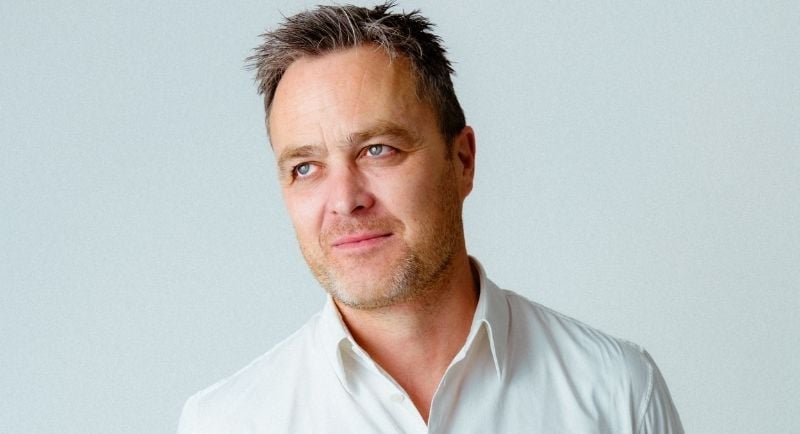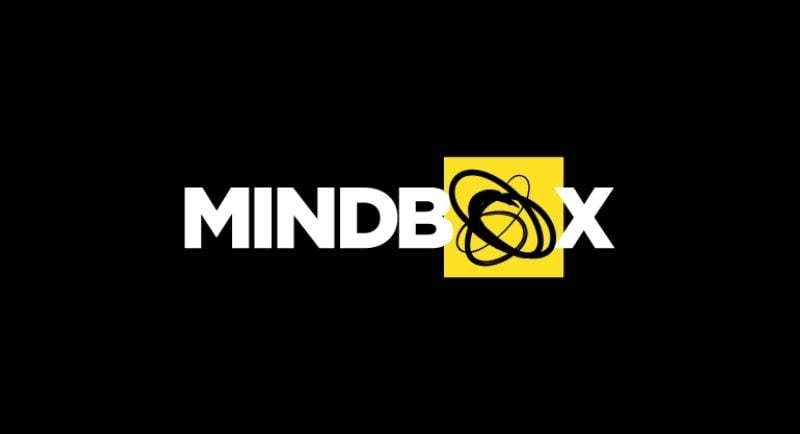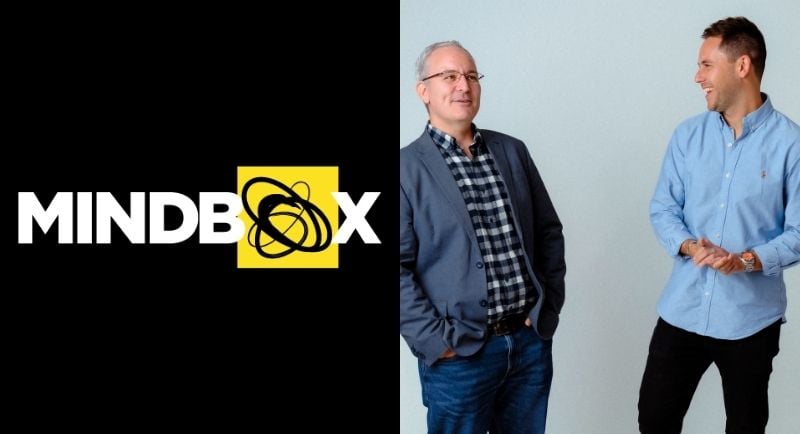Mindbox is cementing its presence in Australia and the APAC region with the senior appointments of Brendan Dowling and Frazer Comley.
The independent consultancy has 25 years of experience in solutions for digital marketing and media services, including strategy, media, consulting, insight and analytics, technology, and customer experience.
Dowling joins the team as Head of Data and Platforms from Dentsu, where he was Head of Product, while Comley steps into the role of Client Partner from his previous role as Product & Technology Lead at Wavemaker.
Nic Halley, Founder and CEO of Mindbox, told Mediaweek the recruits provide the firm level of conversation with clients, working with them on their IT department, internal marketing and governance on data.
“Our work goes far beyond media alone, and that’s what makes it so exciting. Instead of looking at metrics like CPMs or CPCs, we focus on tracking results in detail, measuring changes, and defining how those changes evolve with our clients. That’s important to us.
“The model that we work with, a type of agnostic, transparent consulting model, has landed well for us over the past few years, and the addition of Brendan and Fraser just takes it to the next level.”
Dowling added that part of Mindbox’s aim is to bridge the jargon gap between Chief Marketing Officers, Chief Technology Officers and Chief Finance Officers.
“We get in the middle of that and help those departments work closer together, it’s one of the core things that we focus on.”
Halley added: “Unless you’re talking at that level and unless there’s an understanding and clarity over what you’re doing, it’s crucial. And that’s an area that I would suggest is our secret sauce.”

Brendan Dowling and Frazer Comley
Cutting Through Complexity: The Mindbox approach to data and tech
For Dowling, joining the independent consultancy from a holding company is an exciting shift.
“There are a lot of different things that I’ve learned over the years working with larger companies. But taking a slightly different approach to data and technology, like we do here at Mindbox, we’re a lot more involved on the inside of the infrastructure with clients.”
“What that means is we’re typically much closer to where decisions are made, to where we can help our partners extract greater value from things like long-term investments in data and technology.
“It means that we can get to the crux of what the business challenges are without a lot of extra layers in the way.”
Halley explained that the Mindbox business, half of which is focused on media and the other on consulting, has a different approach to data and products.
“We build all the tech on the client side, and we work to manage that. It’s not about building an ecosystem that we stamp Mindbox on the side of it and then put markups all the way through it.
“Success for us is that the client owns all their data. The client owns the feeds that are coming through there. Our relationship with them is the management and curation, and also the relationships we build.”
Dowling added that in his role, he will also look at bringing data and insight into the different complex layers of technology and data.
“I’ve been working on these things for many years for different companies. There’s an awful lot to learn, and I think it’s getting harder for marketers and clients alike to stay on top of all of the various things that are changing in the marketplace.
“I can say that it’s probably more complex than it’s ever been with all the various media channels that everybody’s trying to transact in.”
Pushing for Fit-for-Purpose Tech
As brands continue to invest in data and technology, Brendan noted that proper governance around data is an under-invested gap.
“I think there’s a very real fear out there from many marketers and clients about pending changes to the Privacy Act and all these different things.
“A lot of what’s missing is the rigour around understanding where data is stored, who’s allowed to access it, what you’ve captured consent for to go and run a transaction for.
Generally speaking, many clients have a lot of technology that they’ve purchased over the years. It’s that integrated layer that brings things together like permissions, use cases and how we extract value from the money that we spend building the technology and capturing the data.
“That’s typically where I see probably the biggest gap and where the biggest opportunity is to help marketers essentially win.”
Halley likened other businesses’ approach to investing in technology to “putting rims on a wheelie bin” and noted that many companies spend on expensive platforms.
“A lot of the work we do when we start work with a client is to bring it down to what’s fit for purpose.
“You can have every execution, but if your data isn’t right and your data isn’t clean, you’re working in two jurisdictions, or that data needs to be shared, then it’s pointless, it’s useless.
“We’re seeing, particularly in this market, a lot of contraction in what people’s contracts are with these people, and it’s back to what can we use, what’s giving us information, what’s giving us value.”

Nic Halley
Fewer Touchpoints, Faster Journeys
When it comes to emerging technology, Dowling said that the most exciting things ahead are what is happening outside of adopting large language models and how the connection can be simplified between advertising and marketers.
“There’s a very real disruption happening now where, over time, there are fewer points involved in a consumer journey for them to get from searching for something to then realising the answer to that.
“Right now, we have search marketing, social marketing, programmatic marketing, and marketing across all of these different channels. There are all these different touchpoints that exist in today’s market.
“I think in the future, you’re going to see fewer touch points over time and almost a need for an immediate response from typing in a prompt into an agent of some description that’s going to respond almost immediately with what people are looking for.”
Dowling added that he sees it as one of the biggest disruptions since the emergence of the broader internet and programmatic trade.
“There’s a huge change happening that over time will significantly disrupt, especially the programmatic trading ecosystem. Everything in that space fascinates me, and it’s going to be a very interesting few years.”
Dowling noted that Mindbox clients are thinking ahead about emerging AI and being value-driven.
“There are massive opportunities there as long as we stay focused on how we are helping our clients,” he added.

Mindbox on “working towards business goals at the client side”
Looking ahead, Dowling said the industry can expect him and the Mindbox team to be hard at work, future-proofing their clients and ensuring they understand the tech they are using and adopt emerging trends to drive growth.
“You should expect to see us introducing a range of products that specifically focus on helping clients take advantage of their data assets and activation methods. You’ll see us focusing a lot more on being very agnostic to all platforms.
“We’re 100% focused on ensuring that our clients can continue to trade on all of them, no matter what happens with any technology changes.”
Halley added that Mindbox’s focus is on value and “working towards business goals at the client side.”
Top image: Brendan Dowling and Frazer Comley.
